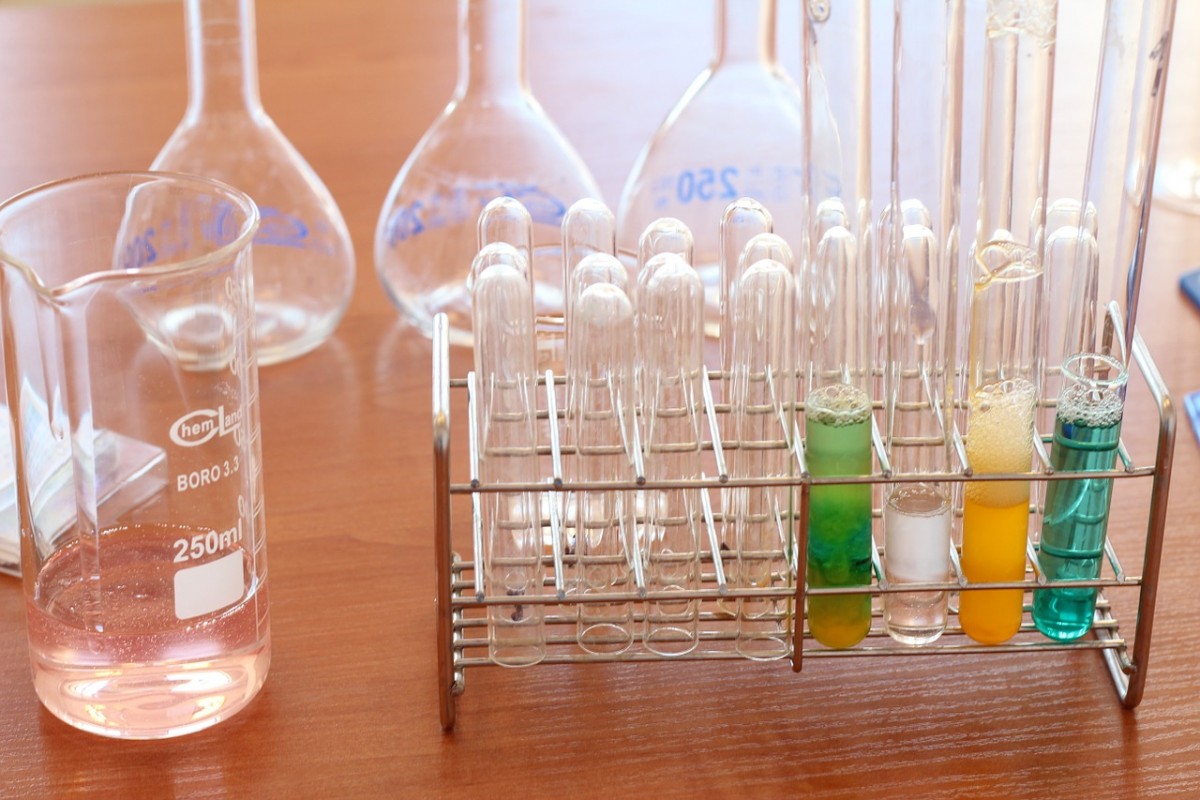Introducing science into everyday practice
Science is a great way to get children excited and intrigued about learning and discovering more. It’s a brilliant way to engage the characteristics of effective learning especially active learning and critically thinking. There are some simple science activities that can be completed with children in the early years that don’t take a scientist to set up or understand. Science is great for learning about simple scientific processes, Causes and effect, motor skills

Activity 1
Hidden colours
Take a muffin or cupcake tray and fill each section with a drop of food colouring. Top the food colouring with a spoonful of baking soda. Don’t mix and you want to splodge of food colouring to remain hidden and a surprise. Add vinegar to pipettes or to squeezy bottles. The children should then squeeze the vinegar onto the baking soda. As they do this is will cause a chemical reaction between the baking soda and vinegar causing the two substances to bubble and fizz and the colour underneath to be revealed and mix with the liquids. This activity has the fun of the chemical reaction and the surprise of discovering what colour is hidden underneath.
Activity 2
Balloon Rocket
Stick a straw onto the side of a balloon using some sticky tape. The easiest way to do this may be to first blow up the balloon but do not tie it. You then need to thread the straw through a long piece of string. Tie the string from one end of the room to another. You may choose to do this for example from chairs or anywhere you can. You then need to blow up the balloon. You then release the end of the balloon, and as the air leaves the balloon, the pressure causes the balloon to fly along the piece of string. The bigger you blow the balloon, the more pressure is created, and the faster the balloon goes.
Activity 3
Floating and sinking
Fill a tray/box with water and gather a variety of objects. Discuss with the children whether they think they will float or sink and why. Encourage them to think about size, shape and weight. Allow the children to then the objects to the water to discover if their predictions were correct. The science behind sinking and floating isn’t as simple as weight and can become a little complicated when trying to explain as it all depends on the density of the object. Instead, focus the session on fun and scientific terminologies such as predictions and experiments.
Activity 4
Cloud in a Jar
Fill any transparent container such as a jar, vase or water glass with water. Add shaving foam to the top this should float. The shaving foam acts as the cloud, and the water acts like the sky. Add drops of food colouring using a pipette to the shaving foam as the cloud becomes full and too heavy the food colouring will begin falling out the bottom of the shaving foam and into the water. This shows how when a cloud is full and heavy it does the same thing and that’s how we get rain.
Activity 5
Multi coloured flowers
There’s a variety of ways you can do this experiment. It proves that flowers drink water and shows children how important water is to a flower. You can take one white flower and split the stem into sections, or you can just use several white flowers. Fill transparent vases, glasses or jars with water and food colouring and place the white flowers or each part of the stem in a different jar. This may take a few days, but as the flower drinks the water, it will stain the flowers or part of the flowers the same colour as the water it is. This isn’t instant so does require some patience and observations, but the children quickly become excited to check on the flower each day to see if there have been any changes.
See our Pinterest board for visual support or more great science activities